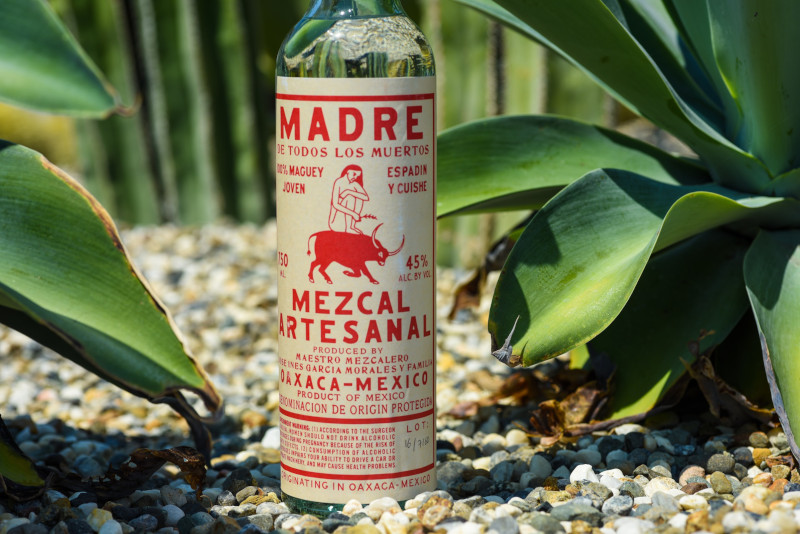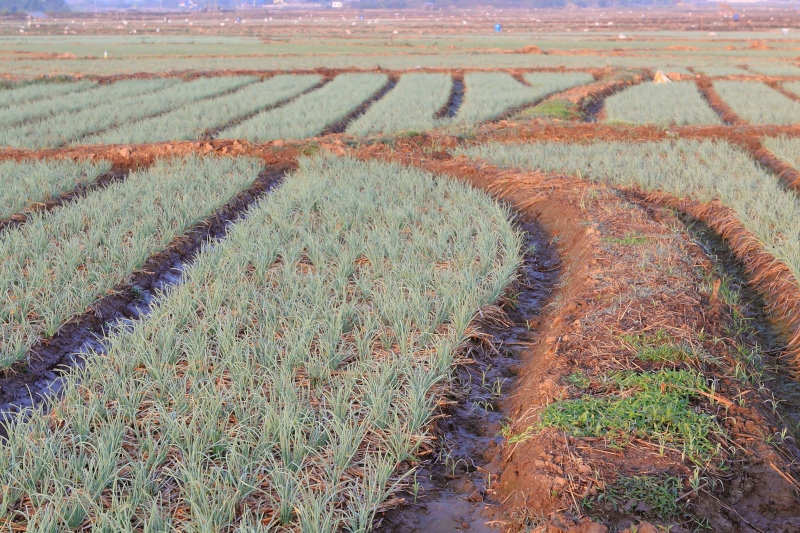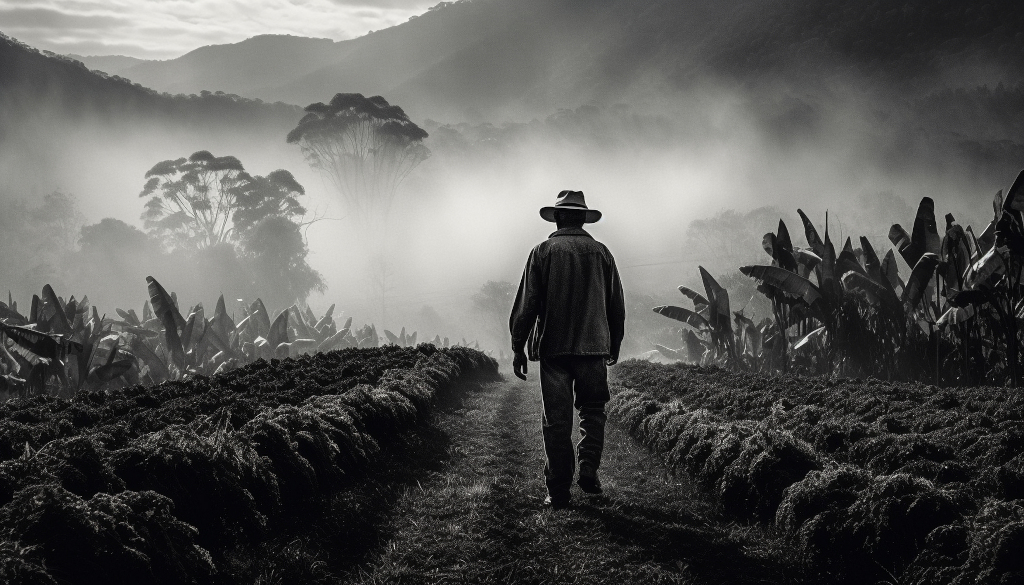Mexico City’s connection with Mezcal distillation goes way back and at the epicenter of that stands the figure of Tito Pin-Perez, a bar overseer at Fónico and Rayo, where an array of Mexican distillates like raicilla, pox, sotol, bacanora, artisanal Oaxacan mezcal, tequila, and tuxca finds a platform. The latter—taxa—is revered as a precursor to mezcal, providing the basis for our research into the Philippines’ influence on Mexican mezcal distilling.
Influence and Integration
Long before the Spanish set foot on Mexican soil in 1519, indigenous Mexicans employed the use of agave, a plant that was to become integral in the Mexican spirits industry, a sector with a 500-year history. However, a pivotal turn of events was to come in the 16th century when Filipino sailors initiated a substantial exchange of traditions and gastronomies, including the introduction of new dishes and plants such as coconuts and tamarind to Mexico, courtesy of the Galleon Trade initiated in 1565.
The most significant Filipino contribution to Mexican tradition came in the form of distillation techniques, which were till then unknown in Central America. These techniques, rooted deeply in the utilization of coconut palm, were harmoniously amalgamated into Mexican practices, offering a fresh perspective and technique to create beverages like tuba and lambanog, or as locally known, “vino de coco”. Agave distillation experienced a transformation as it echoed the simplicity and efficacy of Filipino methods, thereby giving birth to a distinctive form of spirit that was to carve out a niche for itself in the gastronomic arena of Mexico. What are these Filipino techniques you might ask, well we have done a quick breakdown for you so you can see the bigger picture:
-
Introduction of a New Raw Material
- Coconut:
- The Filipino tradition of using coconut, rather than grape or grain, as the primary raw material was introduced. This heralded the advent of beverages such as “vino de coco,” essentially wine derived from coconut sap.
- Coconut:
-
Innovative Distillation Apparatus
- Simple Stills:
- In Filipino tradition, a simple still, often referred to as a “simplified retort” or “Filipino still,” was popular. This was fundamentally a pot still that utilized a single chamber for both fermentation and distillation, a method that was carried over to Mexico.
- Simple Stills:
-
Fermentation Techniques
- Natural Fermentation:
- The Filipinos introduced natural fermentation techniques, allowing the coconut sap to ferment naturally, utilizing wild yeasts present in the environment.
- Tuba:
- Tuba is a traditional Filipino drink derived from coconut sap, which is harvested and then allowed to ferment for a specific period, resulting in a sort of wine. The knowledge of creating beverages through this method found its way to Mexico.
- Natural Fermentation:
-
Distillation Process
- Double Distillation:
- The technique of double distillation, which was prevalent in Filipino distillation practices, was introduced. This process involves distilling the liquid twice to achieve a higher purity level and a stronger concentration of alcohol.
- Lambanog:
- This refers to a traditional Filipino distilled spirit derived from tuba. The distilled coconut wine, lambanog, became a blueprint for creating Mexican spirits with a distinctive flavor profile.
- Double Distillation:
-
Integration with Agave
- Agave Transformation:
- While agave was already used in Mexico, the Filipino distillation techniques brought about a transformation in the way agave was used in the production of spirits. The simplicity and efficiency of the Filipino methods were integrated, marrying coconut and agave distillation traditions and giving birth to a distinctive Mexican spirit.
- Agave Transformation:
-
Flavor and Craftsmanship
- Unique Flavor Profiles:
- The Filipino techniques brought with them distinctive flavors through the use of different materials and fermentation processes, thereby enriching the flavor profiles of Mexican spirits.
- Artisanal Craftsmanship:
- The traditional techniques cherished and upheld in the Filipino culture emphasized artisanal craftsmanship, which was then embraced in the Mexican spirit production industry, fostering a tradition of crafting spirits with depth and character.
- Unique Flavor Profiles:
Intersecting Histories and Techniques of Contemporary Mezcal

Researchers Zizumbo-Villarreal and Patricia Colunga-GarcíaMarín propose a theory of Filipino coconut distillation techniques finding fertile ground in Colima, thereby birthing what we know today as mezcal. The earliest record of this spirit, referred to as “Mexcale” by a Spanish cleric in 1619, offers substantial backing to this theory.
And so, we arrive at Tuxcacuesco, credited as the birthplace of modern mezcal, a spirit deeply entrenched in knowledge, history, and tradition. The perspective offered by individuals like Pedro Jimenez accentuates the rich cultural background of tuxca, emphasizing its deep roots rather than mere techniques or materials. It is here that we find distillers like Ignacio Juarez and Gerardo Villegas, bearers of ancient techniques, keeping the diversity and richness of tuxca’s interpretation alive through time-tested methods of production.
Seeking Recognition and Navigating Controversies
There remains an apparent surge in voices advocating for formal recognition and appellation protection for tuxca is gaining momentum. The movement underlines the need to formally document and recognize Colima as the birthplace of mezcal, calling for a nuanced appreciation of its 500-year journey along the 12,000-mile trade route.
However, as we stand on the threshold of historical recognition, the path is fraught with debates and controversies. While indicators hint at the existence of distillation in pre-Hispanic times, the Filipino influence stands as a monumental pillar in shaping the distillation techniques prevalent today, a viewpoint reinforced by mezonte’s owner, Pedro Jimenez.
Now, there are two central debates or controversies that critically engage with the layered histories and influences that have shaped the current landscape of mezcal production.
Pre-Hispanic Distillation and the Emergence of Filipino Techniques
The first controversy digs deep into the historical precincts of pre-Hispanic times to investigate the origins of distillation techniques in Mexico. A faction of researchers and historians posit the existence of rudimentary forms of distillation processes before the arrival of Filipino techniques, hinging their arguments on scattered evidence pointing towards potential early forms of distillation in pre-Hispanic Mexico.
This standpoint, while it acknowledges the rich historical tapestry of indigenous practices, collides with the arguments foregrounding the revolutionary impact brought forth by Filipino methods. The latter narrative emphasizes that the introduction of Filipino techniques, deeply rooted in the utilization of coconut palm and the development of simplified still apparatus, triggered a significant transformation, refining and advancing the local distillation practices to yield beverages with distinctive spirit profiles, including the notable variants like “vino de coco”. This discourse iterates that the Filipino influence became a turning point, shaping the modern nuances of mezcal production, a perspective strongly articulated by Mezonte’s owner, Pedro Jimenez.
The Historical Recognition of Tuxca and the Bid for Appellation of Origin
A burgeoning debate revolves around the recognition and documentation of mezcal’s history, particularly focusing on Tuxca, viewed by many as a spiritual forebear and the bedrock of contemporary mezcal. This discourse engages with the complex terrains of historical narratives, production techniques, and traditional knowledge woven into the fabric of Tuxca distillation. A focal point in this debate is the bid for a protected appellation of origin for Tuxca, seeking a formal acknowledgment akin to what other Mexican spirits have received.
The advocates of this viewpoint, while stressing the deep connections Tuxca has with specific knowledge, history, and traditions, also articulate the necessity of not confining it to certain techniques or materials, thereby fostering a diverse and inclusive recognition that embraces the multiplicity of methods and interpretations that Tuxca embodies. This stance echoes Jimenez’s perspective on the rich and varied tapestry that is the Tuxca distillation tradition, highlighting its historical profundity and the intricate processes that are integral to its production.
In synthesis, these debates invite a critical reflection on the intricate mosaic of historical influences and trajectories that have forged the Mexican mezcal distilling industry, gesturing towards a rich interplay of pre-Hispanic traditions and Filipino influences.
Mezcal is A Symbol of Collaborative Resistance

We find Mezcal grappling with contemporary challenges including an agave shortage and skyrocketing demand, putting its future in a precarious balance. Yet, as we sift through its rich historical tapestry, mezcal emerges as a beacon of collaborative resistance, a confluence of cultures, and a symbol of solidarity and resilience against oppressive forces.
Mexican mezcal distilling, therefore, unfolds as a living chronicle, a rich narrative birthed from an alliance fostered over centuries, surviving turbulent seas and historical adversities to offer to the world a beverage that stands as a symbol of collaboration, unity, and cultural richness.

